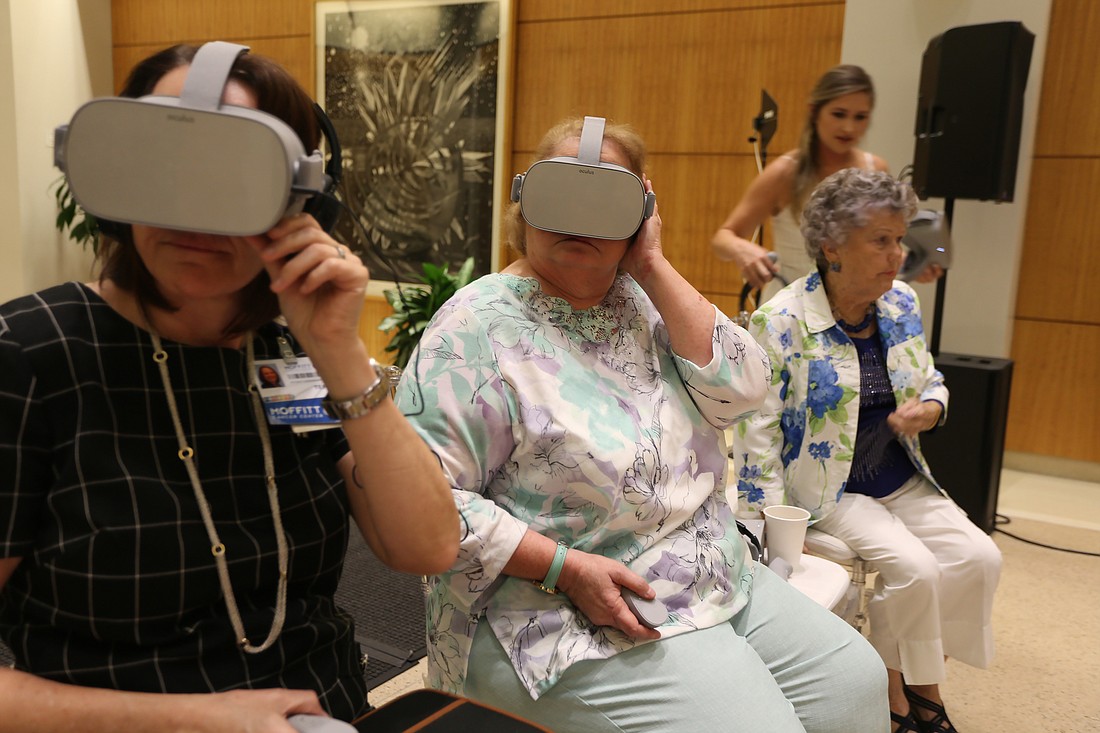- January 14, 2025
-
-
Loading

Loading

There’s more to animation and virtual reality than playing games and having fun. Two area organizations want to use the technology for a higher purpose — improving the health care experience.
Tampa-based Moffitt Cancer Center has teamed up with Sarasota-based Ringling College of Art and Design to create a variety of resources, including virtual reality, animations and training videos, to help patients understand cancer treatments and ease anxiety about the process.
Dr. Sarah Hoffe, Moffitt gastroenterology radiation oncology section head, tells Coffee Talk she approached Ringling College President Larry Thompson last fall about an idea to use creativity to enhance the patience experience. A year later, the idea became a reality, with the two organizations starting to collaborate on new content through The Ringling College Collaboratory, an initiative that pairs businesses and organizations with students who help them develop creative solutions.
“I’m a big believer that we need more story-driven health care,” Hoffe says. Through stories, patients can relate to characters experiencing similar situations, she says. “I want to do as much as we can to make it a smooth patient experience.”
As proof of concept, Hoffe and others at Moffitt worked on a 360-degree video to show viewers the process of a man being diagnosed with cancer, making an appointment with Moffitt and arriving at the appointment. By watching the video, patients can see what goes on behind the scenes at Moffitt, with doctors receiving the patient’s records and discussing his case. Sarasota-based 360 video firm Three Six and Zero filmed the video. “We think we have a video that will really help patients,” Hoffe says.
Hoffe, who also serves on the Ringling’s creative writing program advisory board, is a mentor to Ringling creative writing student Courtney Jones. During the creation of the first video, Jones served as script supervisor and played a receptionist, going on location at Moffitt.
The video was unveiled at a recent premiere event where attendees watched it using virtual reality headsets. “I wanted everyone in the audience to see this 360 video is the type of thing that with Ringling we could do,” Hoffe says.
The next step is a study to examine how the video helps people. “Once we complete the study, we’ll use the video in the clinic,” Hoffe says.
She’s also discussing what’s next with Ringling, which could include the Moffitt team working with students on a virtual reality project geared toward patients who have to undergo a specific type of radiation treatment. “We have the best and brightest medical minds,” Hoffe says. “We want to marry that with the best and brightest creative minds. Can you imagine what we can do and how health care can be transformed?”